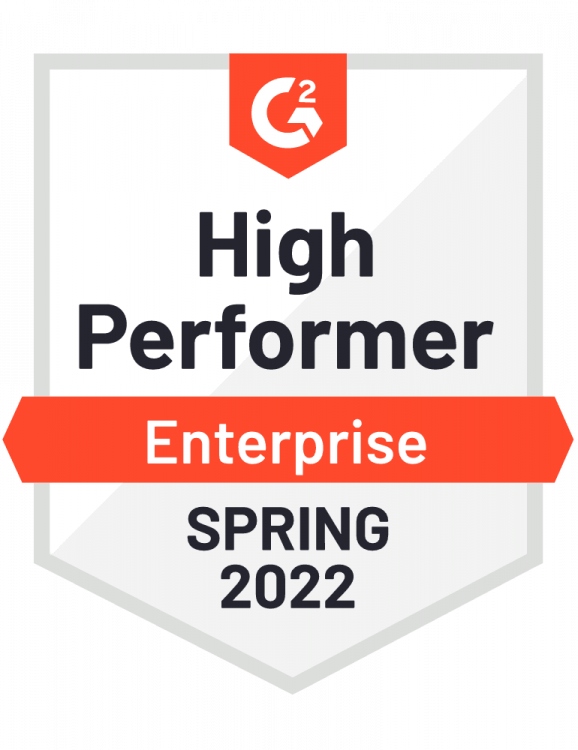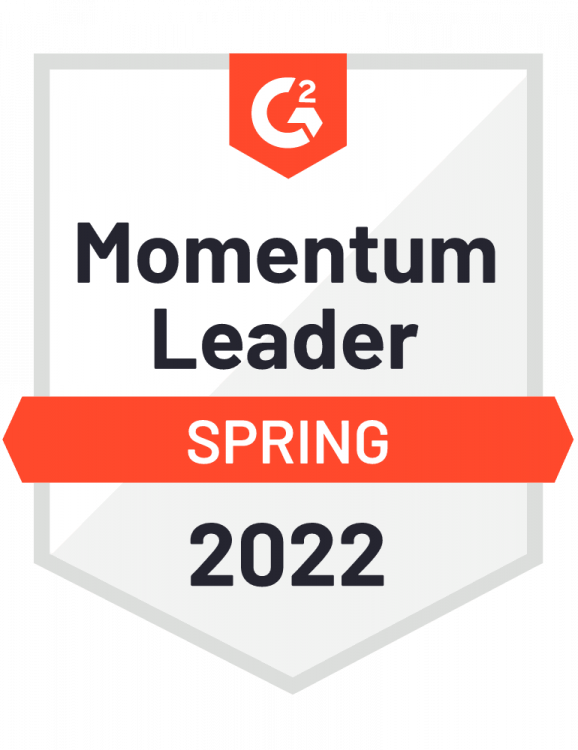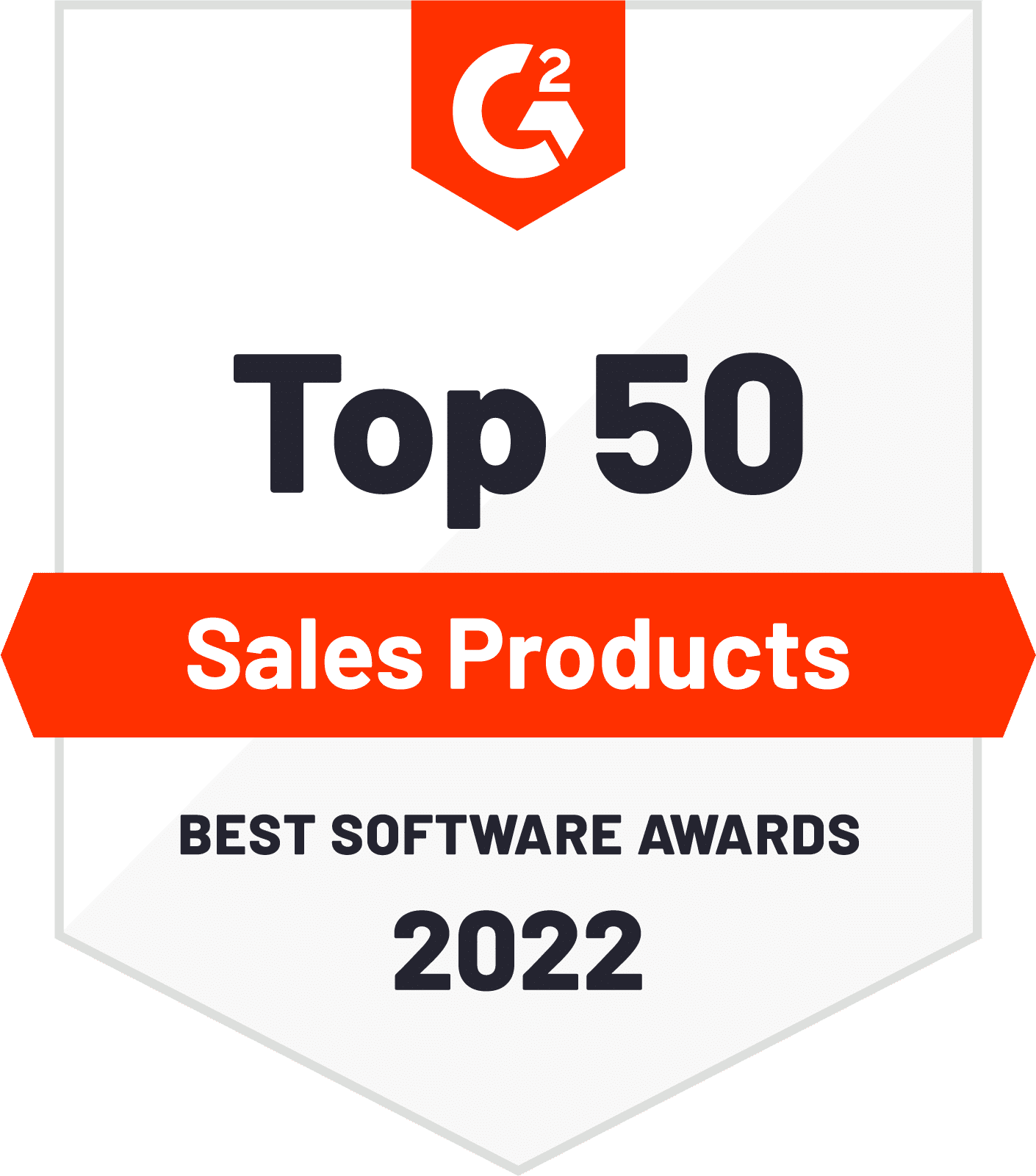RESEARCH REPORT
The Current & Future State of Field Sales
Face-to-face interactions are slowly returning to the world of field sales. But, to satisfy the customer experience, managers are finding new ways to re-optimize their sales communication strategy.
- attend our webinar to review the results with field sales leaders
- get a free copy of The Current & Future State of Field Sales Report
- get a free subscription to Veloxy's Field Sales Masterclass
Request the Report. Help Your Sales Team. Move Forward.
Many field sales professionals are integrating new communication channels to improve customer engagement, but few are taking full advantage of the deal closing capabilities they provide.
This new report explores the challenges, strategies, and tactics that field sales teams are using to adjust to the post-pandemic world, and where they believe they need to go in the future to maximize revenue and customer experience.
Questions? Ask Samir: 408.891.5704
Update to our Highlighted Findings:
last updated 6.6.2022 – 3:34pm
- Only 8% of field sales teams have Quota as their #1 KPI
- Almost 20% of field sales pros want Sales AI in their tech stack
- 27% of field salespeople require greater social selling capabilities

Leader in Field Sales,
Loved by Field Sales Pros

More Veloxy Reports
The Strategic Five
Sales leaders have a wealth of strategies and technologies to choose from every year. This report helps executives choose the path of least resistance and achieve consistent revenue growth.
The AI Sales Leadership Report
Sales leaders know that not all Sales AI tools are created equal. This report compares the leading AI Sales Assistant softwares based on customer satisfaction, features, and more!
The Strategic Five
Did you happen to watch Squid Game on Netflix in 2021? If you don’t assess your competition before playing tug of war, and your team’s strengths and weaknesses—you’re sure to fall down and lose fast.









